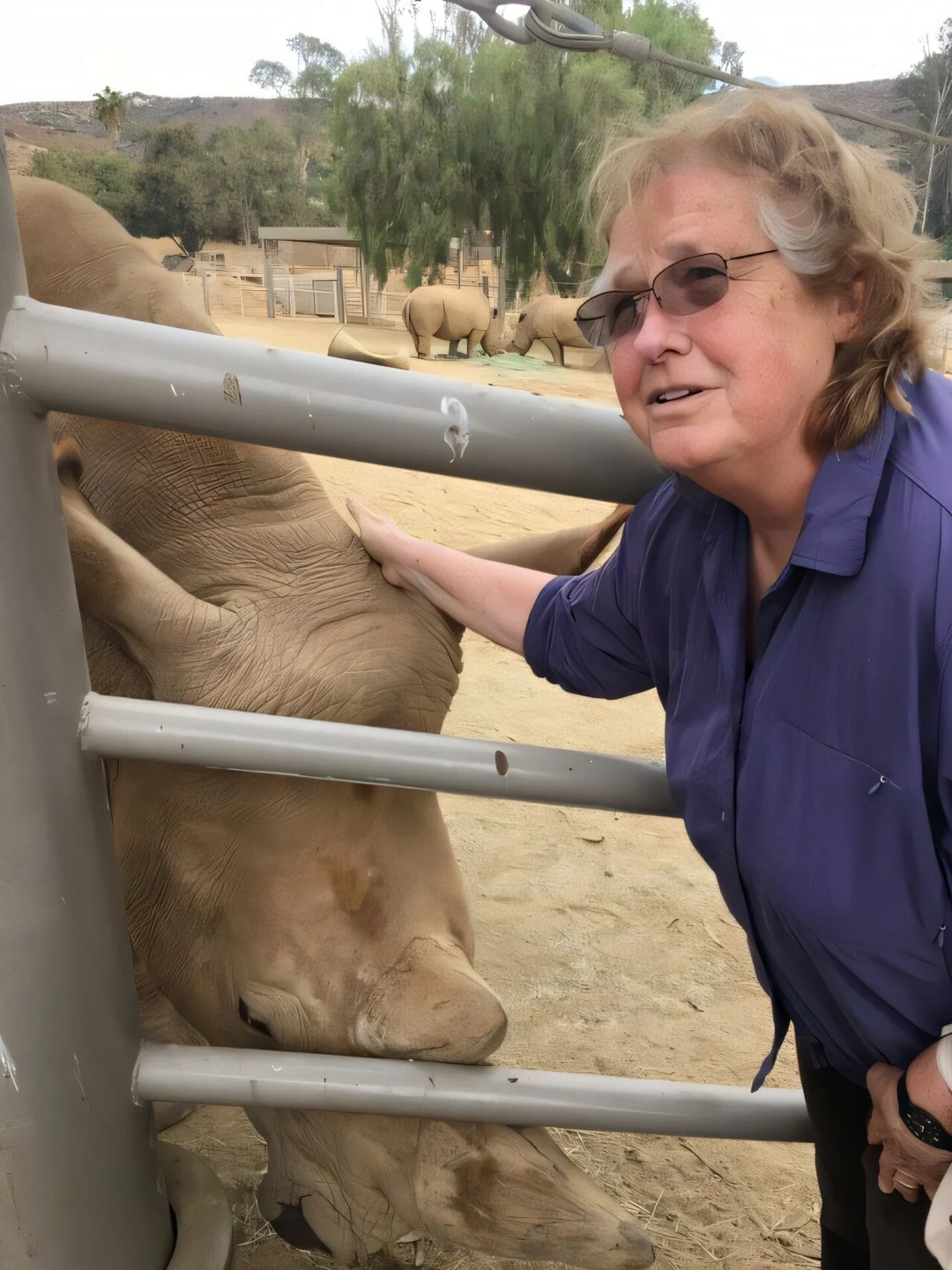
Reviving Hope: The Genome Mapping of Northern White Rhinos
The northern white rhinoceros is teetering on the brink of extinction, with only two females left alive and no natural means of reproduction. However, recent breakthroughs by an international team of scientists bring renewed hope for the revival of this critically endangered species through advanced reproductive technologies. The completion of the northern white rhino's genome mapping represents not only a scientific triumph but a potential lifeline for conservation efforts.

Led by Professor Emeritus Jeanne Loring and her colleagues from Scripps Research, the San Diego Zoo Wildlife Alliance, and the Max Planck Institute for Molecular Genetics, this milestone could reshape the future of not only white rhinos but also various endangered species. "What’s so exciting about this milestone is that we’re getting closer to being able to rescue animals that otherwise might go extinct during our lifetimes," Loring shared, emphasizing the significance of this achievement for animal conservation.
The team's efforts combined cutting-edge DNA sequencing with genome mapping techniques to produce a high-quality genome that serves as a reference point for analyzing the health of stem cells derived from a male northern white rhino named Angalifu. His cells, cryopreserved in the San Diego Zoo’s Frozen Zoo, represent a critical resource for future breeding efforts. One of the notable innovations from this work is the hope that stem cells could one day generate sperm and eggs, thereby creating viable embryos for species revival.
Despite the excitement, significant challenges remain. The research revealed that some stem cell lines used previously were harboring dangerous mutations that could jeopardize reproduction safety. "If we hadn’t built this genome, we wouldn’t have known that," Loring added, highlighting the importance of quality control in conservation genetics. By establishing a comprehensive genome, scientists can screen existing stem cell lines carefully and select the best candidates for future breeding.
The genome mapping has also clarified the genetic relationship between northern and southern white rhinos, allaying fears about potential incompatibility in breeding strategies. Loring notes that, "Now that we have their genome, we can apply all the tools we've developed for humans—CRISPR gene editing, reporter genes, everything—to help rescue them." The implications of this work extend beyond just the rhinoceros, serving as an exemplar for future conservation strategies.
As science continues to evolve, so does our capacity to combat extinction. While Jeanne Loring aptly remarks, "We’re not resurrecting a mystery species—we're restoring one we still know intimately," the challenges of maintaining animal biodiversity remain considerable. Will these advancements in genetic technology truly pave the way for the return of the northern white rhino? Only time, and further research, will tell. We invite our readers to share their thoughts and hopes regarding the future of endangered species conservation.